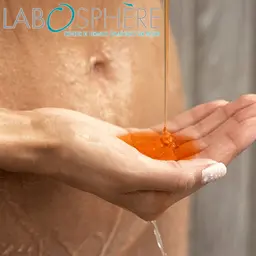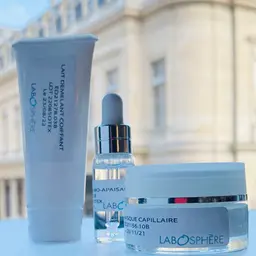
It is not because politicians have just discovered this issue that I am taking interest in it now, but simply because things are all focused on this theme. This issue of endocrine disruptors is playing an increasingly more significant role and will not go without creating serious problems to the industry.
The overwhelming majority of scientists actively involved in the research on the causes of these preoccupying changes agree that several factors contribute to them, including the chemical products able to interfere with the endocrine system. Again, the media have recently highlighted this issue with a series of ‘general public’-oriented articles: most cosmetic products contain this type of substances. Do I need to remind everyone of these publications that recently created a buzz? This episode even led the FEBEA to publish a press release, which is quite unusual.
However, behind the scenes, the battle has been raging, and about a hundred scientists recently published an [open letter, a ‘manufactured controversy](@@LINK-56845@@ “https://www.lemonde.fr/idees/article/2016/11/29/halte-a-la-manipulation-de-la-science_5039860_3232.html”)’, in which they denounced ‘powerful industrial interests’ which deliberately distort accumulating scientific evidence against endocrine disruptors. This action referred to the European Commission’s attempt to force scientific results and adopt minimum regulations on endocrine disruptors. It was to be the first attempt to define these substances and set up a restrictive regulation by the end of 2016. As a matter of fact, CosmeticOBS had also echoed these issues.
It is very likely that endocrine disruptors will eventually be regulated, meaning restricted. Actually, as usual, innovation under constraint, in particular under the effect of regulations, is a driver for progress. As it often used to be the case, we could start by denying it (see what happened with parabens!), but then there is a good chance it will not do. So, how can we anticipate? And would it not be best to precisely focus on the issue?
The first step will inevitably consist in trying to define these substances. It is the current phase, and anyone can see where it is up to. Once the definition will have been set up, they will need to be identified. The problem is, the methods to do it are complex, and it seems they are not widely used. It is on this aspect that there seems to be significant progress though: little by little, methods to understand the behaviour of these substances are being developed. If they cannot be used routinely throughout the industry, they are gradually spreading, offering possible solutions, while, until now, things had been complicated. They are quite likely to help set up a first list of substances, and then, with more easily programmable analytical methods, work on their eradication from products designed for the general public. The road is long, but that is another reason why we should start as soon as possible.
Without launching exhaustive research on the existing literature on this issue, it is interesting to start by mentioning the method developed by Barbara Demeneix’s team which, with fluorescent tadpoles, allegedly offers the possibility to detect endocrine disruptors in the thyroid gland. Several publications are in line with this. Beware of UV filters!
What about oestrogens? For example, there is the OEDT, Oestrogenic Endocrine Disruptor Test, which was developed in partnership with the Limatb (Laboratoire d’Ingénierie des MATériaux de Bretagne, a laboratory in Brittany specialized in material engineering), at the Yves Coppens Research Centre of the Université de Bretagne Sud, in the city of Vannes. CosmeticOBS had already mentioned this test. It is a biological test that required several years of research. The principle is not to try and detect, one by one, all the substances that might act as an endocrine disruptor in a product, but to target the activation of the oestrogen receptors. As a result, it is possible to also test products or formulas.
So, there are methods and approaches which help objectively anticipate this issue, including as regards products. Of course, it is not perfect, but it would definitely be worth focusing on this issue, while insisting on its importance and the concerns it raises.
How will the industry do all that?
• By means of commercial claims, as usual, which several brands have already done, apparently?
• And/or by means of pooled work as part of a study consortium, for example, to launch the work needed to accurately document the issue?
• All bets are off, but I already have an idea about it…
Learn more
• Listen to France Culture radio show in French: Scientific method – What can science do against endocrine disruptors?













